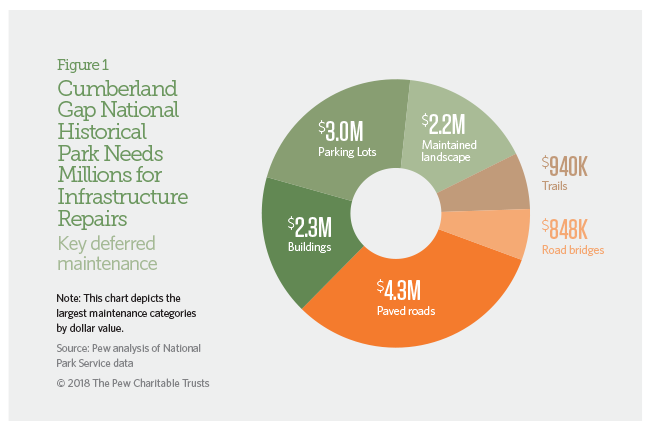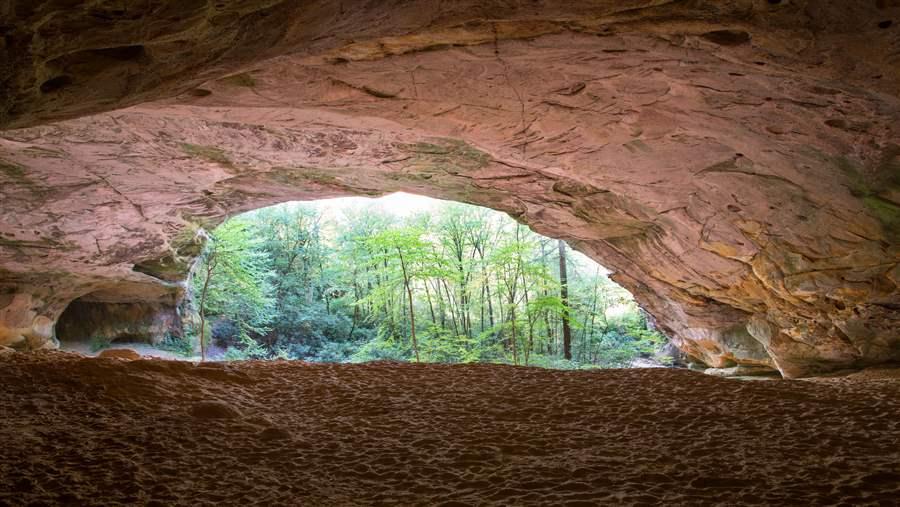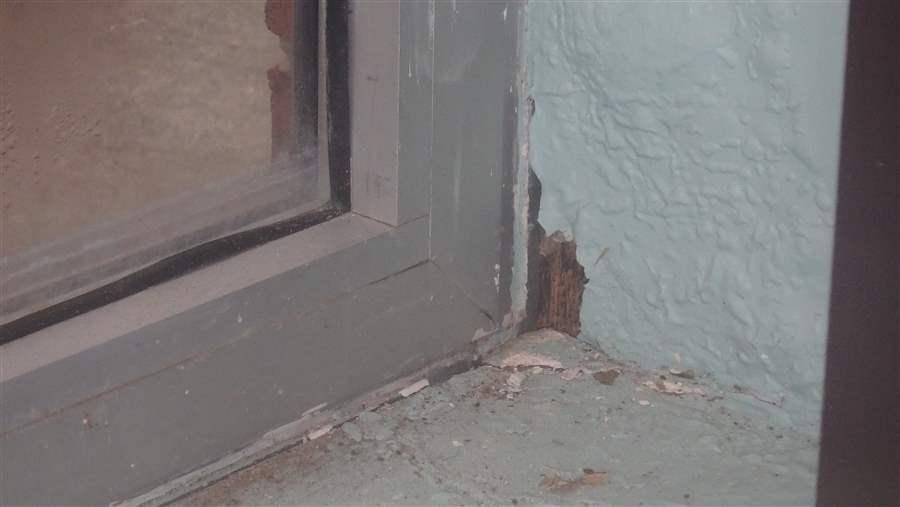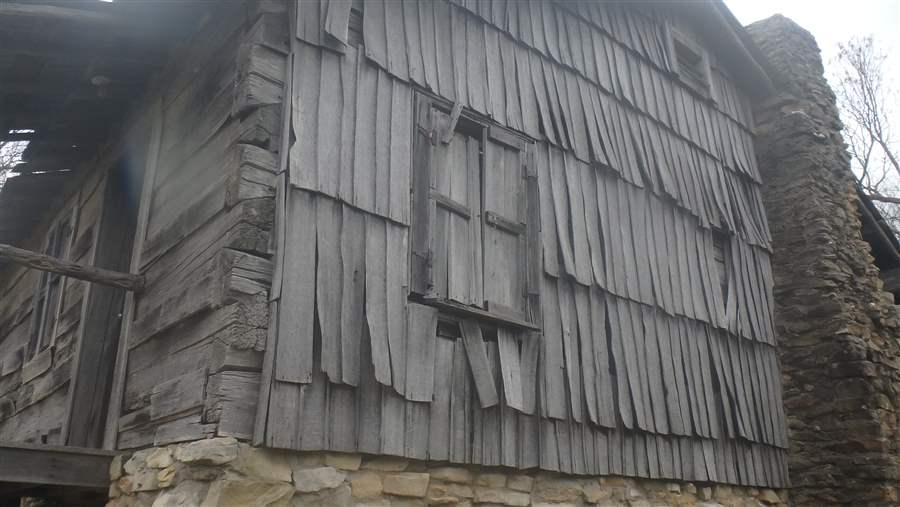Cumberland Gap National Historical Park
Kentucky, Tennessee, and Virginia
Pew created this case study using National Park Service deferred maintenance data issued in fiscal year 2015. The information listed here may no longer reflect the NPS site’s current condition or maintenance requirements. To find the most up-to-date information, please use the National Park Repair Needs tool.
Overview
Cumberland Gap National Historical Park spans a prominent V-shaped notch in the Appalachian Mountains that is known as the first gateway to the West. Dr. Thomas Walker discovered the pass in 1750 while searching for a settlement beyond the mountains. Twenty-five years later, a group of investors looking to colonize the Kentucky region hired Daniel Boone and 30 men to create a trail later known as the Wilderness Road. Long used by Native Americans, the path became the main artery for 300,000 pioneers who migrated west over the next 50 years.
The National Park Service (NPS) established the Cumberland Gap National Historical Park in 1940. The 24,000- acre park tracks the Cumberland Mountains along the borders of Kentucky, Tennessee, and Virginia for 26 miles. Visitors can enjoy 85 miles of hiking trails, scenic views, and historical sites. Unfortunately, the park has almost $15 million in deferred maintenance.
Maintenance challenges
Cumberland Gap’s roads, trails, and historic sites all need repairs. The park needs almost $1 million to resurface the famed Wilderness Road so that visitors can better access campgrounds and picnic areas. The Wilderness Road Trail, which parallels its namesake road, needs more than $100,000 in repairs.
Three-quarters of needed infrastructure repairs are for historic sites. Among them is the Hensley Settlement, an Appalachian living history museum that includes 12 log cabins, a one-room schoolhouse, and a blacksmith shop. Local farmer Sherman Hensley established the settlement in 1904, and his descendants occupied it until 1951.
Restored by NPS, it is accessible by foot, horseback, or a seasonal shuttle service. The shortest hike to Hensley is via the Shillalah Creek Trail on the Kentucky side, a 9.2-mile loop that was closed in 2015 due to heavy storm damage and has more than $50,000 in deferred maintenance.
The aging visitor center also needs repairs, totaling almost $1 million. Built in 1958, the building was part of NPS’ Mission 66 initiative, developed during the agency’s 50th anniversary. It hosts handmade craft demonstrations, including quilting, woodworking, jewelry, pottery, weaving, and doll making.
Recommendations
To address the infrastructure needs at Cumberland Gap and other NPS sites in Kentucky, Tennessee, Virginia, and across the country, Congress should:
- Ensure that infrastructure initiatives include provisions to address park maintenance.
- Provide dedicated annual federal funding for national park repairs.
- Enact innovative policy reforms to ensure that deferred maintenance does not escalate.
- Provide more highway funding for NPS maintenance needs.
- Create more opportunities for public-private collaboration and donations to help restore park infrastructure.
Cumberland Gap National Historic Parks Facts
2016
| Visitor spending | $52.5 million |
| Jobs created by visitor spending | 793 |
| Economic output | $66.1 million |
| Labor income | $21.9 million |
| Visits | 820,387 |
| Deferred maintenance (fiscal year 2015) | $14.9 million |
Sources: National Park Service, “Annual Visitation Report by Years: 2006 to 2016,” accessed June 16, 2017, https://irma.nps.gov/Stats/SSRSReports/National Reports/Annual Visitation By Park (1979 - Last Calendar Year); National Park Service, “Visitor Spending Effects,” accessed June 16, 2017, https://www.nps.gov/subjects/socialscience/vse.htm; National Park Service, “NPS Deferred Maintenance Reports,” accessed Aug. 19, 2016, https://www.nps.gov/subjects/plandesignconstruct/defermain.htm.
© 2018 The Pew Charitable Trusts

The Pew Charitable Trusts works alongside the National Parks Conservation Association, the National Trust for Historic Preservation, and other national and local groups to ensure that our national park resources are maintained and protected for future generations to enjoy.
















